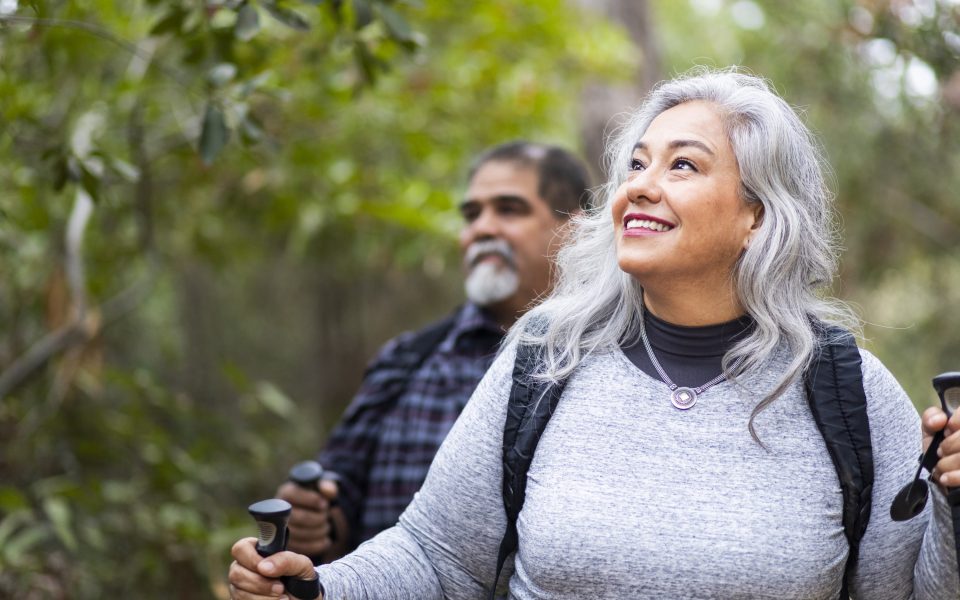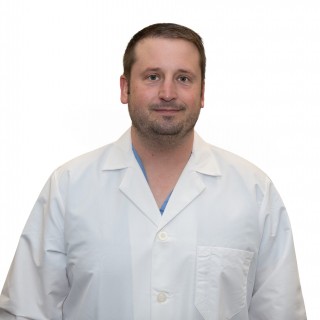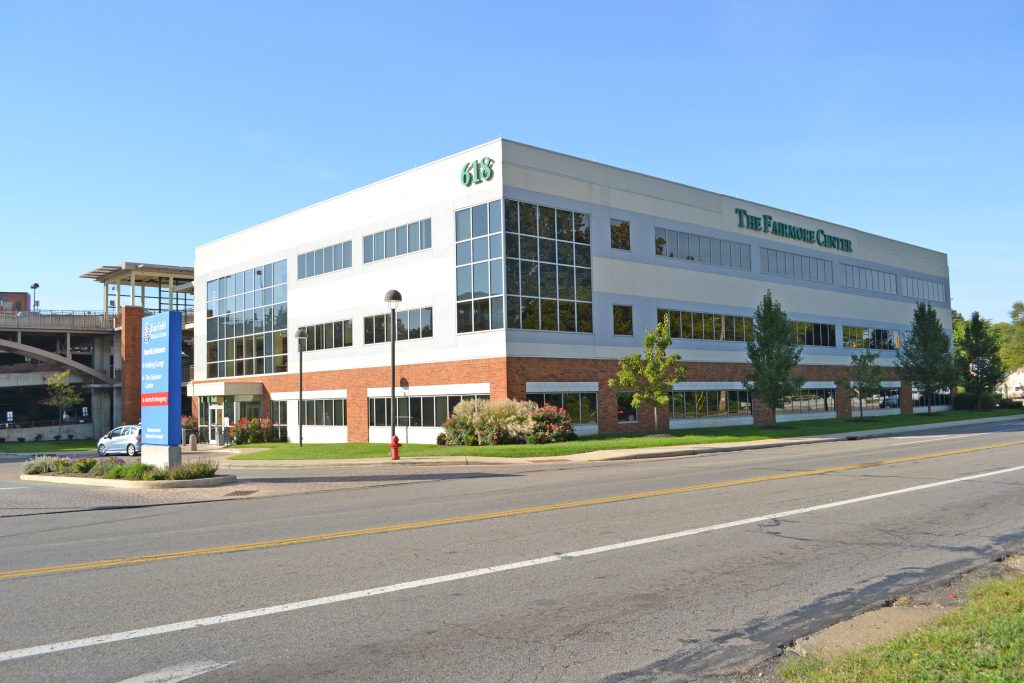Vascular Care, Close to Home
From cosmetic to lifesaving care, our team at FHP Vascular Surgery is proud to offer specialized vascular care to the community. Our experienced team of skilled providers utilize a comprehensive approach to diagnose, manage and treat a variety of vascular conditions.
For questions and scheduling details, please call our office at 740-687-6910.




